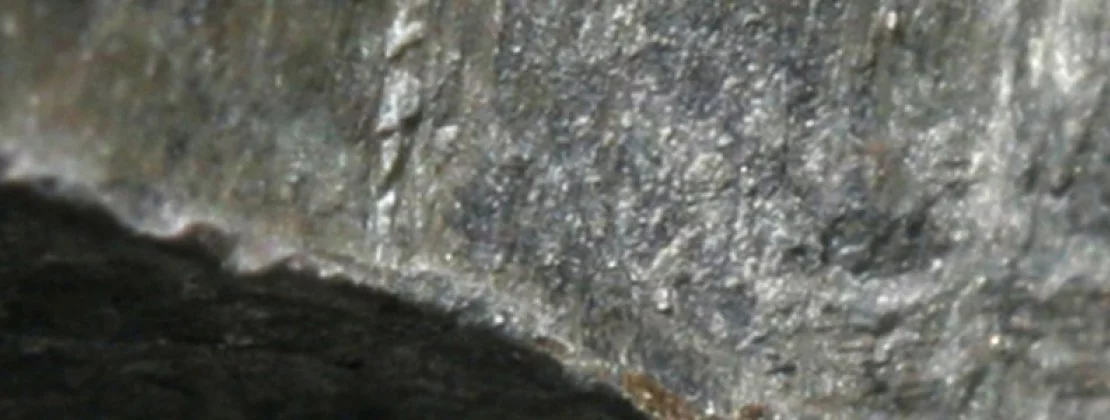Cerium
- Antimony
- Arsenic
- Bismuth
- Cerium
- Cobalt
- Copper
- Gallium
- Gold
- Germanium
- Indium
- iridium
- lanthanum
- Lead
- Lithium
- manganese
- Molybdenum
- neodymium
- Nickel
- Palladium
- Platinum
- Praseodymium
- Rhodium
- ruthenium
- selenium
- silver
- tantalum
- tellurium
- tin
- Tungsten
Let's help you!
- Swarna Aditya Bullion and Commodities Resources Private Limited Plot No 75, Sector -4 Industrial Estate IMT Manesar GURGAON 122051
- +911244084919
- info@swarnaadittyabullion.com

Overview
Cerium was discovered in 1803 by Jöns J. Berzelius and Wilhelm von Hisinger in Sweden, and independently in the same year by Martin Klaproth in Germany. Berzelius and Hisinger discovered the new element in a rare reddish-brown mineral now known as cerite, a cerium-lanthanide silicate.
They named the new element cerium after the asteroid Ceres, which had been discovered just two years earlier. They called cerium oxide ceria.
Properties
- A reactive, soft, grey, lustrous metal that is malleable and ductile.
- When present in compounds, cerium exists in both the trivalent state (Ce3+, cerous, usually orange-red) and the tetravalent state (Ce4+, ceric, usually colourless).
- The metal tarnishes in moist air and reacts with water to form cerium hydroxide plus hydrogen gas.
- Small particles of the metal may ignite if a knife scratches the pure metal surface.
- It is attacked by alkali solutions and all other acids.
- Has a variable electronic structure: the energy of the inner 4f level is nearly the same as that of the 6s level, allowing variable occupancy of these two levels.
Applications
- An alloy of cerium and lanthanum, with small amounts of neodymium and praseodymium (misch metal) combined with iron oxide and magnesium oxide is used as the flint in gas lighters.
- In nickel metal hydride (NiMH) rechargeable batteries for hybrid automobiles. The negative electrode (cathode) in NiMH batteries is a mixture of metal hydrides – typically a rare earth misch metal hydride containing praseodymium, neodymium, lanthanum and cerium.
- Cerium is used in carbon-arc lighting, especially in the motion picture industry.
- It is also used in phosphors for colour television screens and fluorescent lighting.
- Cerium oxide is used as an ingredient in catalytic converters to reduce carbon monoxide emissions in the exhaust fumes from automobiles.
- Cerium oxide, as a nanopowder, is added to diesel fuel to reduce sooty fumes and improve engine performance.
- It is used in the walls of self-cleaning ovens and is also used to polish glass surfaces.
- Flammacerium (cerium nitrate-silver sulphadiazine) is a cream to treat and prevent infections in extensive burn wounds. The cerium nitrate component reduces immunosuppression.
Recycling
Rare earths are very challenging to recycle due partly to their very dispersed use.

